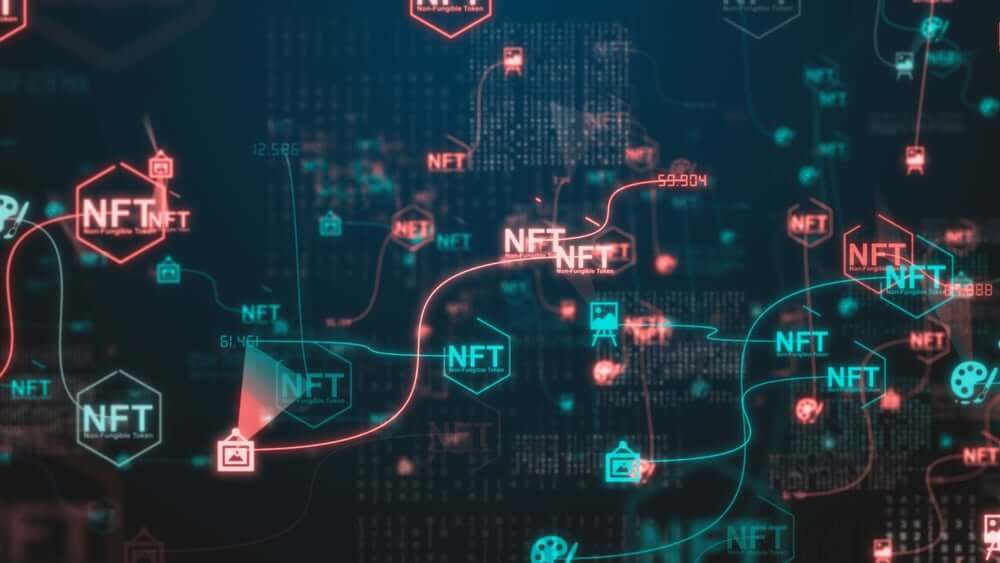
AI and NFTs: New approach to archiving history
Artificial intelligence (AI) and Non-fungible tokens (NFTs) are likely to make tracing the origins of digital objects relatively fragile. What do the world’s archivists think about this?
An archivist Rick Prelinger talks about this topic from his perspective. He is also a writer, filmmaker, and educator. The Library of Congress acquired his collection of 60,000 films in 2002. Mr.Prelinger is currently a professor of film and digital media at the University of California.
He, as an archivist, commented on these new approaches. He said that he is excited about disruptive innovations. Besides the idea he has about the work artificial intelligence and non-fungible tokens (NFTs) do for archives, he also expresses concerns. He thinks that these developments are threatening to this field and the survival of cultures and human history.
He talked about his filmography and the story of the project he took part in it. This project was an idea of the founder of the Internet Archive, Brewster Kahle. He came up with an idea to make some materials free to access online. That`s how they together started to fulfill this plan. Rick Prelinger gave away his old films for free. Their archival footage allowed thousands, or maybe millions of artists, educators, videomakers, and post-Communist Polish village kids, to bring the past into the present and remix history. They didn`t even know how many people accessed their materials, but it was precisely the point – to make it available for numerous people in the world.
This time, in 1999, Rick Prelinger was excited about the things they did, but now the situation has changed. He is uncertain about the survival of archives. He thinks that archives are thoughtful and deliberate in terms of the design, with a timeline designed to preserve culture forever.
What is NFTs all about?
A fungible asset in economics is something that one can exchange for another of equal value, like, for example, currency. You can get a swap of £10 for two £5 with money, and it will still have the same value. However, non-fungible things cannot be interchanged with something else.
It can be a painting such as the Mona Lisa or a house. You can take a picture of this painting or buy a printed version, but there will only be one original. In the case of NFTs, this pattern of idea applies to that. In the digital world, they call it One-of-a-kind assets that you can buy and sell like any other property. But the thing is that they don`t have any tangible form of their own.
People from different backgrounds and professions, such as entertainers, executives, athletes, artists, and even gamers, now sell NFTs. Currently, cryptocurrency profits are linked to Covid-19 isolation, which created possibilities for digital collectors to compete for NFTs. Some creators also rake in Ethereum.
Tonya M. Evans, law professor, suggested that crypto art gives Black artists chances and opportunities to bypass white artists and capture the value of the culture they produce.
-
Support
-
Platform
-
Spread
-
Trading Instrument




